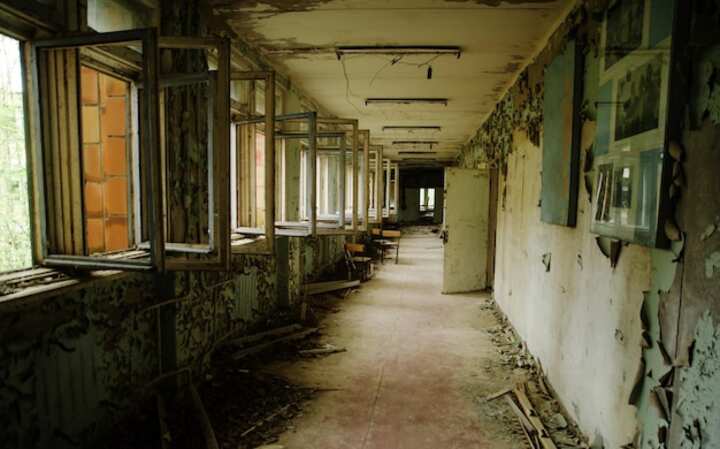
Expert Tips for Effective Smoke Removal from Walls and Soot Cleaning
Smoke damage to walls and ceilings can be a challenging issue to tackle. Whether from a house fire, candle smoke, or frequent use of fireplaces, soot and smoke can leave unsightly stains and odors. Effective removal requires attention to detail, appropriate cleaning techniques, and the right products. This article provides expert tips for removing smoke residue and soot from walls, ensuring a clean and fresh environment.
Identifying the Type of Smoke Damage
The first step in addressing smoke damage is identifying the type of smoke residue. Smoke can be wet, dry, protein-based, or fuel oil soot. Understanding the type of smoke will determine the cleaning method and products required.
- Dry smoke: Typically results from high-temperature fires and leaves a powdery residue.
- Wet smoke: Produced by low-heat, smoldering fires, resulting in sticky, strong-smelling residues.
- Protein-based smoke: Commonly from cooking fires, it is invisible but discolors paints and varnishes.
- Fuel oil soot: Comes from furnace puff backs, producing a sticky residue.
Preparation for Cleaning
Gathering Supplies
Before starting the cleaning process, it's important to gather all necessary supplies. This includes:
- Protective gear such as gloves and masks
- Trisodium phosphate (TSP) or a similar cleaner
- Sponges, soft cloths, and scrub brushes
- Vacuum cleaner with a HEPA filter
- Paint primer and sealer if needed
Read more about this topic here.
Ventilation and Safety
Ensure the area is well-ventilated during cleaning. Open windows and use fans to circulate air, which helps in dissipating odors and drying walls faster. Safety should always be a priority, so wearing protective gear such as gloves and masks is recommended to avoid inhaling harmful particles.
Cleaning Techniques for Smoke and Soot
Dry Cleaning Methods
For dry smoke damage, start by using a vacuum with a HEPA filter to remove loose soot particles. Avoid using a brush attachment as it might push soot deeper into the surface.
Wet Cleaning Methods
Wet smoke requires a more intensive cleaning approach. Mix a cleaning solution using trisodium phosphate (TSP) or a similar product with water. Apply the solution with a sponge or cloth, gently scrubbing the affected areas. Rinse the walls with clean water to remove any residue.
Learn more in this detailed guide about wet cleaning techniques here.
Dealing with Stubborn Stains
In cases of persistent stains, consider using a specialized smoke and soot cleaner. These products are formulated to break down tough residues without damaging surfaces. It's crucial to test any cleaning solution on a small, hidden area first to ensure it won't damage the paint or wall covering.
Post-Cleaning Measures
Odor Removal
Even after cleaning, smoke odors can linger. Use odor-neutralizing products or air purifiers to tackle persistent smells. Placing bowls of vinegar or baking soda in the room can also help absorb odors.
Explore further insights on odor removal here.
Sealing and Repainting
Once the walls are clean and dry, a primer or sealer can be applied to prevent any remaining stains from bleeding through. After sealing, repainting the walls can restore their appearance and provide an additional layer of protection against future smoke damage.
Conclusion
Effectively removing smoke and soot from walls requires identifying the type of damage, using appropriate cleaning methods, and taking necessary post-cleaning measures. By following these expert tips, it is possible to restore walls to their original condition, ensuring a clean and pleasant living environment. For more comprehensive guidance on smoke damage restoration, find additional information here.